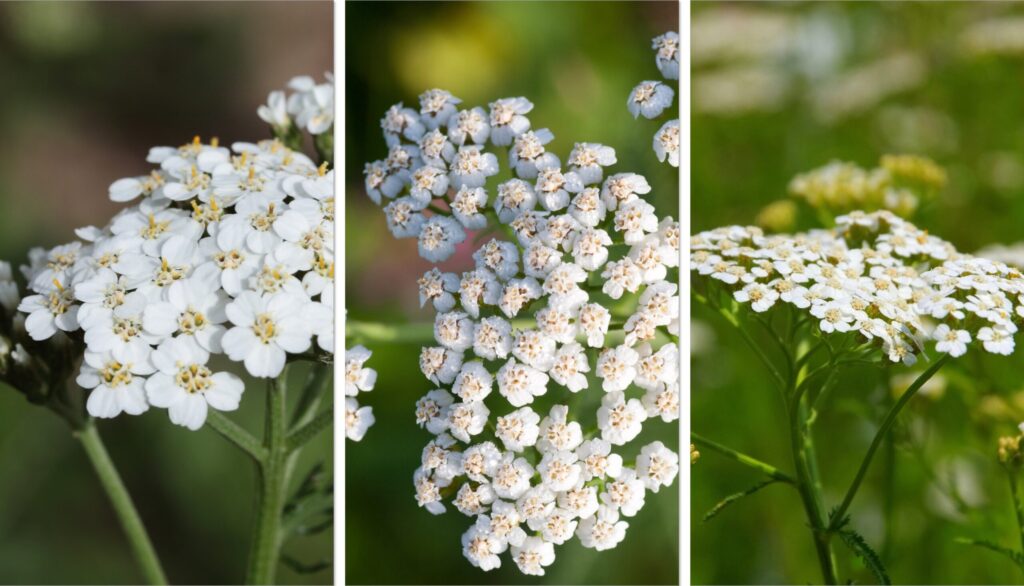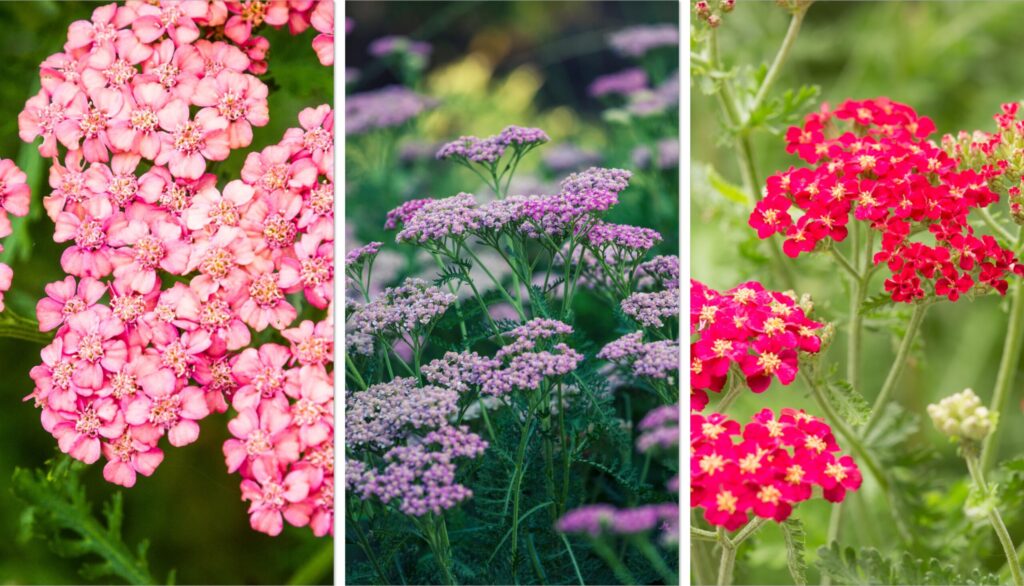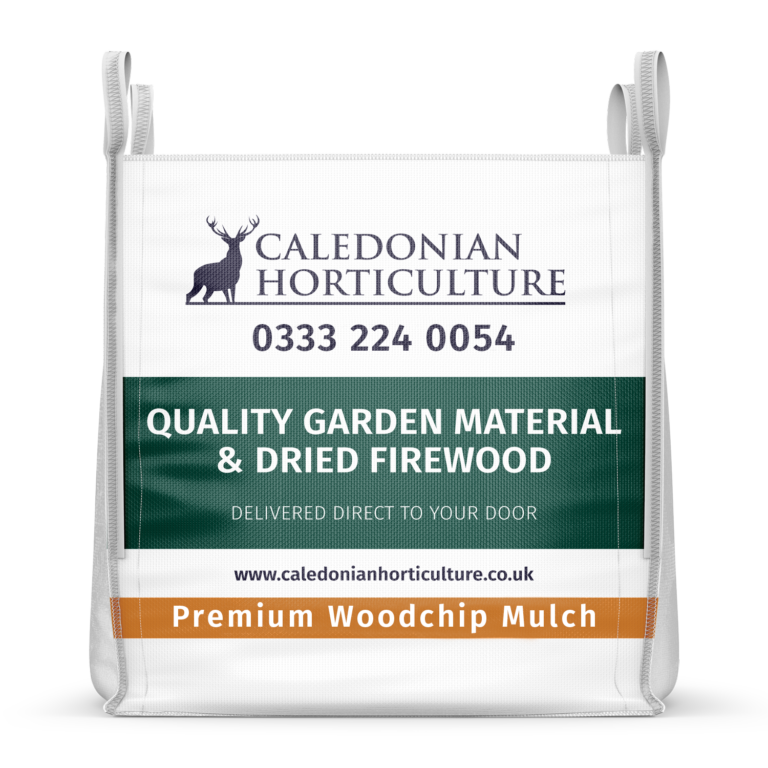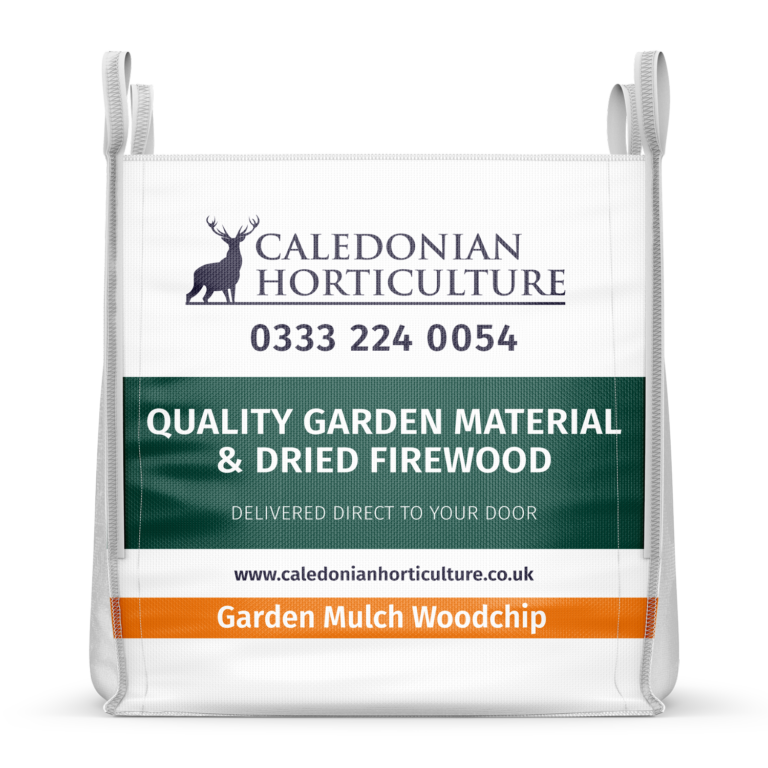Guest post by Katrina & Clayton
Yarrow (Achillea millefolium) even though it’s mostly marketed as a perennial flower it is a resilient perennial herb that has thrived in Scotland’s meadows, grasslands and roadside verges for centuries. Known both as a medicinal herb and edible flower, it has long been celebrated in folklore and traditional remedies. Its feathery leaves, aromatic qualities, and clusters of flat topped flower heads make it not only attractive but also practical in gardens. For growers in Scotland, yarrow offers multiple benefits: it thrives in cool and damp climates, requires very little maintenance, supports pollinators, and provides edible flowers and leaves that can be used in teas, garnishes and herbal preparations.
Yarrow is an edible flower with several culinary and medicinal uses, though it should be consumed in moderation due to its strong flavour and potency.
Flowers: The small, flat topped flower heads are edible and can be used fresh as a garnish for salads, cocktails, and desserts. Their slightly bitter, aromatic flavour pairs well with sweet and tangy dishes. Flowers can also be dried for use in teas and herbal infusions.
Leaves: Young leaves are edible raw or cooked, with a peppery, slightly bitter taste similar to tarragon. They can be chopped into salads, soups, or stews for added flavour. Mature leaves tend to be tougher and are best used dried in teas or as flavouring.
Stems: Though not commonly eaten, tender young stems can be used sparingly in soups or broths.
It is worth noting that while yarrow is safe for most people, excessive consumption may cause digestive upset. Pregnant women should avoid it due to its traditional use in stimulating menstruation.

Growing Yarrow
Growing yarrow in Scotland is straightforward thanks to the plant’s hardy nature and adaptability. It is naturally resistant to cold weather, tolerates frost and is capable of thriving in the varied soils and conditions found across the country. Although native to temperate regions, it adapts particularly well to Scotland’s long summers with extended daylight hours, which promote abundant flowering.
Yarrow can grow up to 60–90 cm in height, producing clusters of flowers in shades of white and soft pastels to brilliant shades of yellow, red, orange, and gold from late June to September. Once established, it spreads through both seed and underground rhizomes, often forming large clumps or patches. Because it is hardy and self sustaining, it is an excellent choice for wildflower gardens, permaculture systems, or naturalistic planting schemes.
Planting Yarrow
Planting yarrow in Scotland should ideally be done in Spring, once the risk of hard frost has passed, or in early Autumn, when the soil is still warm but the wetter climate helps young plants establish. Seeds can be started indoors in late spring and transplanted outside.
once seedlings are robust enough, or they can be sown directly outdoors in a prepared bed. If sowing directly, scatter seeds thinly over the soil surface and press them lightly in rather than covering them deeply, as they require light to germinate.
For faster establishment, many gardeners prefer planting young yarrow plants or dividing established clumps. When planting, space them about 30–40 cm apart to allow airflow and prevent overcrowding, as yarrow can spread vigorously once it takes root. After planting, water well until established, though once mature, yarrow will cope with minimal attention.
Dividing Yarrow
Yarrow does not require heavy pruning, but occasional cutting back improves its appearance and encourages repeat flowering. Once the first flush of flowers has faded in mid Summer, cutting back the stems by about half can often prompt a second round of blooms later in the season. Removing spent flower heads also prevents the plant from self seeding too aggressively, which is important if you want to control its spread.
At the end of the growing season, in late Autumn, the yarrow’s stems and leaves will die back naturally. Cutting the plant down to ground level at this stage keeps beds tidy and allows new shoots to emerge fresh in spring. Leaving some seed heads standing, however, can provide winter interest and food for wildlife such as birds and beneficial insects.
Dividing yarrow every three to four years is recommended to keep clumps healthy and prevent overcrowding. The best time to divide is in early Spring or early Autumn. Carefully dig up an established clump, and use a sharp spade or knife to separate it into smaller sections, ensuring each division has both healthy roots and shoots.
Replant the divisions immediately into prepared soil, water them well, and mulch lightly to reduce moisture loss. Division not only rejuvenates the plant but also provides an excellent opportunity to expand yarrow into other areas of the garden or share with friends and neighbours. As they spread easily by rhizomes, division is often more reliable than growing from seed.

Caring for Yarrow
Yarrow is one of the easiest herbs to care for, as it is naturally hardy and tolerant of poor soils. Once established, it requires very little intervention. Watering is rarely necessary in Scotland’s climate, except during prolonged dry spells, which are uncommon. Overwatering should be avoided, as this can cause the roots to rot.
Mulching annually with compost such as Caledonian Green Goodness will provide sufficient nutrients to maintain healthy growth, though yarrow often thrives even in low fertility soils. Regular weeding around young plants is recommended until they establish dense clumps that naturally suppress weeds.
Pests and diseases are rare, though aphids may occasionally cluster on stems or flowers. These are usually controlled naturally by beneficial insects like ladybirds, especially if yarrow is part of a biodiverse planting scheme.

Companion Planting with Yarrow
Yarrow is renowned for its value as a companion plant. Its strong scent attracts pollinators such as bees and butterflies, while also drawing in predatory insects like ladybirds and hoverflies, which feed on common garden pests. By planting yarrow among fruit trees, vegetables or berry bushes, you encourage a healthier and more balanced ecosystem in your garden.
Yarrow is especially useful near crops like tomatoes, aubergines and courgettes, where it helps deter aphids and whitefly. Its deep roots also improve soil health by drawing up minerals from lower layers, which then return to the topsoil when its foliage decomposes. In permaculture systems, yarrow is valued as a “dynamic accumulator” plant, enriching the soil for its companions.
What Soil is Best for Yarrow
Yarrow is highly adaptable when it comes to soil but thrives best in light, well drained conditions. In Scotland, where heavy clay soils are common, improving drainage with grit or organic matter is beneficial. Sandy or loamy soils are ideal, provided they retain some moisture without becoming waterlogged.
The plant is tolerant of poor soils and does not require high fertility. In fact, overly rich soils may cause it to become leggy and produce fewer flowers. A soil pH between 5.5 and 7.5 is suitable, covering most Scottish soils. Once established, yarrow’s deep roots help it withstand both drought and wet spells, making it particularly resilient in the face of Scotland’s unpredictable weather.

Yarrow is an excellent choice for Scottish gardens, combining ornamental beauty, ecological value and culinary versatility. Its adaptability to Scotland’s cool, damp climate makes it an easy to grow perennial that requires little care. From its aromatic flowers to its feathery leaves, yarrow offers edible and medicinal benefits while supporting pollinators and enriching the soil.
Katrina & Clayton

Katrina & Clayton live with their family in East Ayrshire in Scotland and share their daily life in the garden on instagram @buildingfoodforest_scotland. They practice permaculture principles, reducing & repurposing waste whenever they can. Katrina shows how home educating in nature has helped Clayton thrive.
Clayton Completed The Grow and Learn Course with the Royal Caledonian Horticultural Society in 2022. This year he will be completing Level 2 Nurture Course. Clayton is 16, Autistic, Non Verbal & has been Home Educated for the last 6yrs. Both Katrina and husband Peter have studied the Permaculture Design Course PDC and PDC Pro over the last 5yrs, developing their garden from grass to an ongoing food forest.
They have featured on BBC Beechgrove Gardens, Gardeners World Magazine and write for Scotland Grows Magazine. Katrina has a series of children’s story books out following the life of Clayton in the garden. Available at Amazon.
See more and follow Katrina & Clayton at the links below:
-
 Builder’s Bag Premium Woodchip Mulch£84.00 inc VATRated 4.88 out of 5 based on 16 customer ratings
Builder’s Bag Premium Woodchip Mulch£84.00 inc VATRated 4.88 out of 5 based on 16 customer ratings -
 Builder’s Bag Garden Mulch Woodchip£58.00 inc VATRated 4.93 out of 5 based on 60 customer ratings
Builder’s Bag Garden Mulch Woodchip£58.00 inc VATRated 4.93 out of 5 based on 60 customer ratings -
 Kiln Dried Hardwood Logs£125.00 inc VATRated 4.88 out of 5 based on 147 customer ratings
Kiln Dried Hardwood Logs£125.00 inc VATRated 4.88 out of 5 based on 147 customer ratings



